Crafting Convenience: A DIY Guide to Building Your Own Garden Cart
A properly-designed garden cart can be an essential tool for anyone with a gardener. It eases the burden the task of carrying tools as well as plants and other garbage, turning garden chores into an easy task.
While commercially-made carts are convenient but building your own can provide flexibility and a feeling of accomplishment. This complete guide will help you to design a sturdy and practical garden cart specifically tailored to your requirements.
Planning Your Perfect Cart: Design Considerations
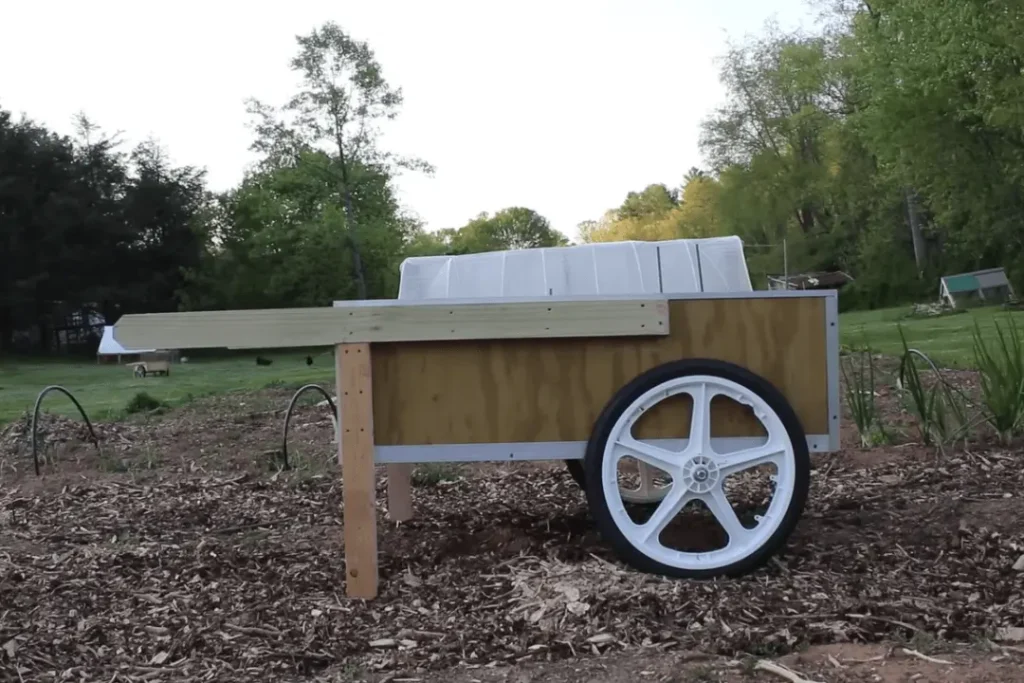
Before starting your cart’s construction, take note of these elements to build carts that seamlessly blend with your garden routine:
- Capacity and Size: Will you primarily transport small plants and tools or do you require carts for heavy materials such as firewood or mulch? Take a look at the items you typically carry to determine the right size.
- Material Choice: Wood offers a traditional aesthetic and ease of construction, whereas metal offers the best durability for heavy loads. Think about pressure-treated lumber as one of the wood alternatives to fight mold and moisture.
- The number of wheels is: Three wheels offer greater maneuverability, especially in tight spaces. On the other hand, four wheels give more stability for heavier loads.
- handling comfort: Factor in handle length and width to give you the most comfortable grip for pulling or pushing the cart while it is it is loaded.
Here are a few additional designs to consider:
- Removable sides: Incorporate removable sides to allow for greater versatility. This lets you convert your cart to a flatbed that can be used for carrying larger objects.
- Storage Containers: Create shelves, or storage compartments for seeds, tools, or other gardening necessities.
- Brakes: Brakes will be useful for uneven or inclines terrain, providing an additional layer of protection.
Visit For Related Blog: https://smarttoolbuddy.com/
Gathering Your Arsenal: Tools and Materials
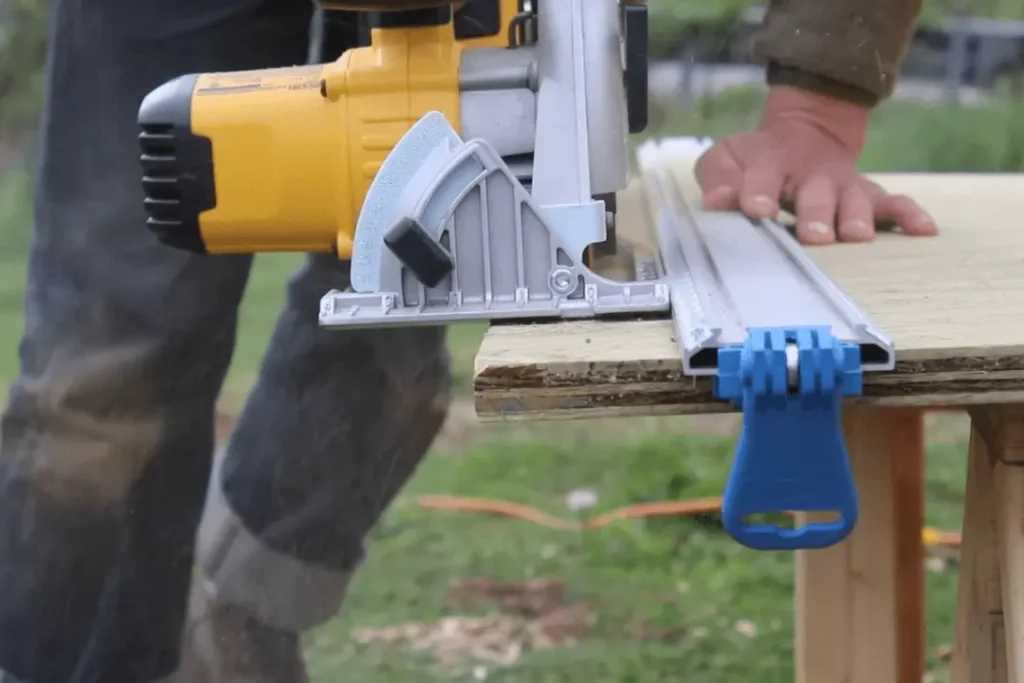
After you’ve finished your concept, you’ll need to gather the required tools and supplies. This is a simple list to help you get started (adjustments could be necessary according to the design you’ve selected):
- Tools:
- Saw (miter saw to make precise cuts)
- Drill bits and bits for drilling
- Hammer
- Screwdriver
- Measuring tape
- Pencil
- Safety glasses
- Work gloves
- Materials:
- Lumber (pressure-treated pine or cedar for wood options) or sheets of metal sheets or pipes (for metal options) depending on your measurements
- Hardware (screws and bolts, nails washers, screws)
- Wheels (consider the caster wheels to make it easy turning)
- Axle and fasteners for wheel (if you are not using pre-assembled wheels)
- Optional: Sheet metal (for lining the cart bed), plywood (for shelves/compartments), brackets (for removable sides)
Building Your Own Garden Cart: Step-by-Step Guide
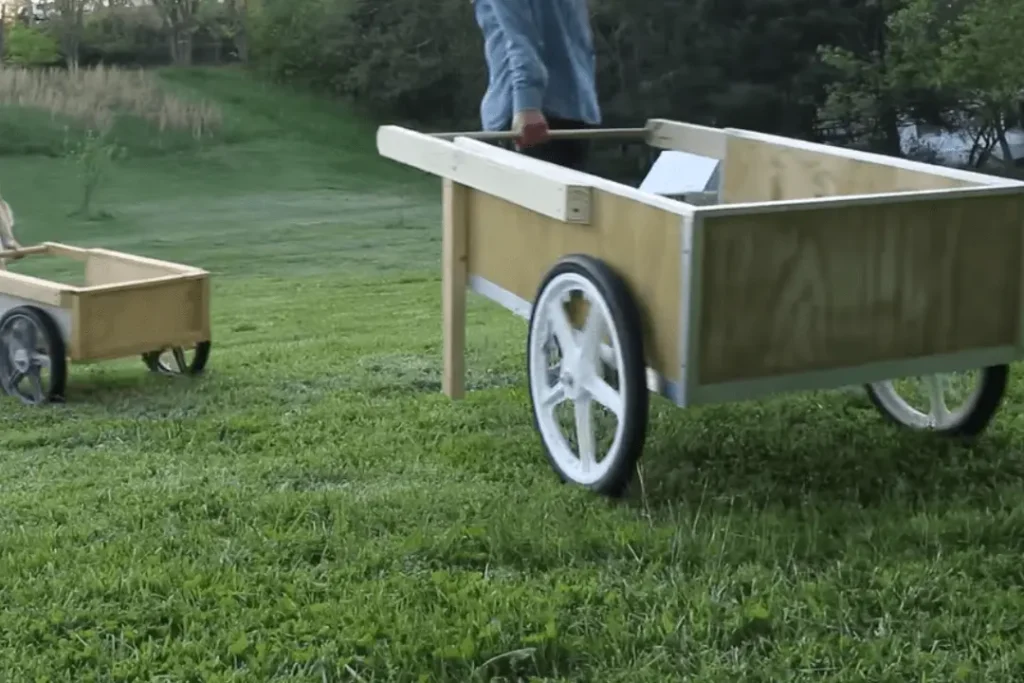
1. Make the lumber (or metal): cut the metal pieces to the desired lengths in accordance with your plans. Make sure that all cuts are neat and square.
2. Install the Frame Set: the frame pieces flat and attach them by using nails, screws or bolts that are based on your preferred material. Make sure that the frame is square throughout each step of assembly.
3. Attach the Axles: Attach the Axles to the frame with appropriate fasteners. Be sure that the axles are set in a way that is appropriate for the wheel size and ground clearance you want.
4. Attach the Wheels: Connect your wheels onto the wheel axle with the hardware provided or by following the manufacturer’s directions for wheels that are pre-assembled.
5. Make your own Cart Bed (Optional): If you are using wood, connect a base made from sheet metal or plywood onto the frame. For carts made from metal you can use the sheet of metal to form the bed.
6. Add handles: Attach the handles to the frame in a suitable size and height for pulling or pushing the cart.
7. Include Other Features (Optional): If your design has shelves, sides or compartments, you can install these features at this point.
8. Finishing touches: Sand off rough edges of wood parts. If you are using a wooden cart think about applying a coat of stain or weather-resistant paint to provide additional protection and beauty.
Professional Tip: Make holes for pre-drilling in wooden parts prior to inserting nails or screws to prevent splitting.
Maintaining Your Masterpiece: Keeping Your Cart Rolling
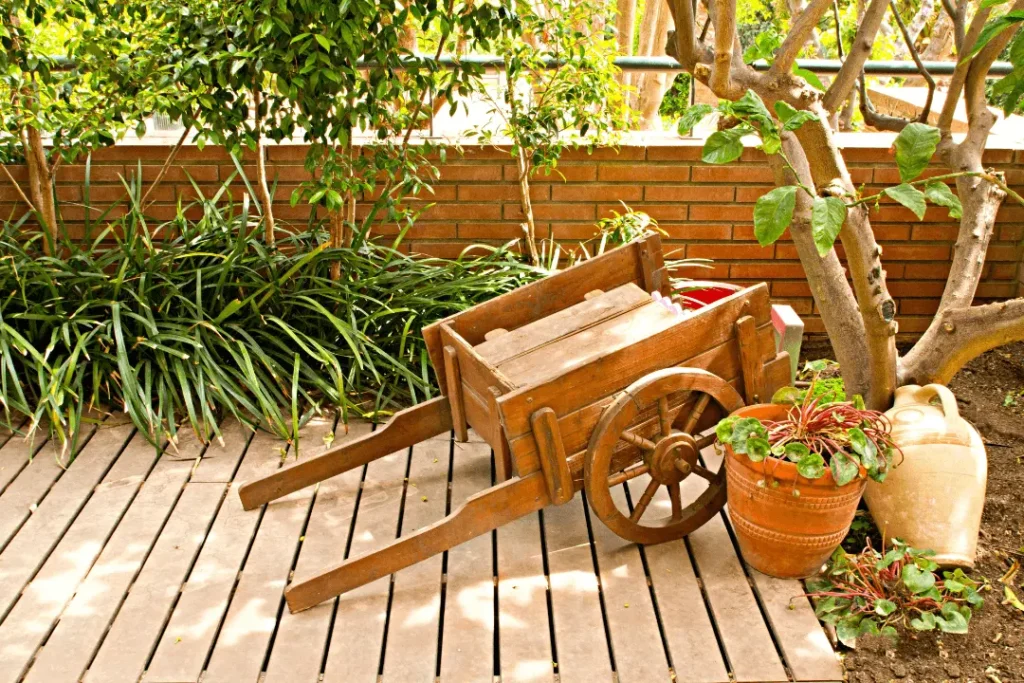
With the proper care Your garden cart will last for a long time. Here are some tips for maintaining your garden cart:
- Apply lubrication to the wheel: Regularly apply a thin layer of lubricant on the wheel bearings in order to ensure an efficient operation.
- Lock the loose parts: Over time, nuts, screws and bolts will become loose. Check and tighten regularly all loose pieces of hardware.
- Paint or stain can be touched up (for Wood carts): Reapply paint or stain each year to keep the cart’s appearance and shield the wood from weather damage.
Conclusion
The blog provides information and the steps for creating a garden cart at home. These are suggestions to improve the cart:
- Visuals A diagram or picture that illustrate the process of construction could be beneficial to visual learners.
- Cost Estimation Incorporating an estimate of the cost breakdown for the materials can be helpful in budgeting.
- Alternate Materials Although the manual is focused on metal and wood and other materials, mentioning alternatives like PVC pipes as an economical option may be useful.
Frequently Asked Questions on Building Your Own Garden Cart
How do you create a simple, shady garden?
This blog focuses on making the garden cart, however here’s a brief guide for creating a basic garden:
1. Pick a place: Pick a spot that has at least 6 hours of sunshine per day.
2. Preparing the soil Check your soil, and make any necessary adjustments to ensure optimal growth of your plants.
3. Choose the plants you want to plant: Select plants suitable for your climate and conditions.
4. Growing: Follow planting instructions regarding distance and the depth.
5. The importance of watering is to Make sure to water regularly especially during dry spells.
6. The weeding process: Remove weeds to keep out competition for nutrients as well as water.
For a more detailed guide, you can search online for “https://www.bhg.com/gardening/how-to-garden/“.
What is a garden cart called?
A garden cart is often called a utilitarian cart or garden cart.
Also Read:

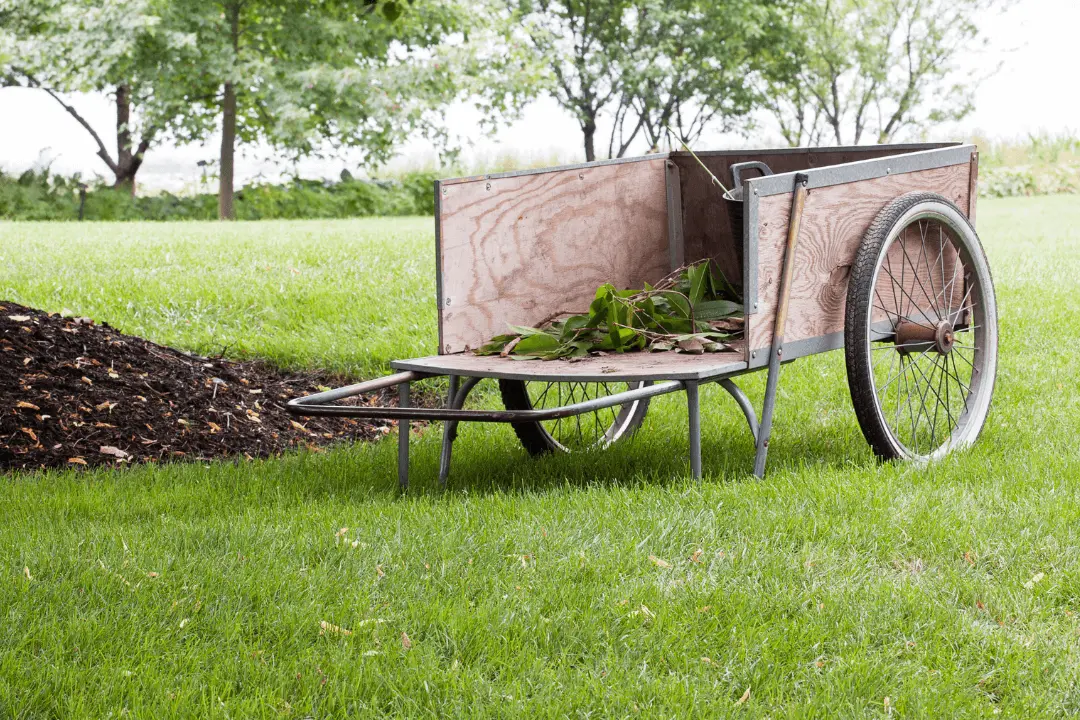
Related Blogs
Affordable Bluetooth Projector for Gaming: The Best in 2024
The Best Soundbar for Music and Movies for Home Threaters
Stay Powered Up: The Best Portable Charger for iPhone 15 in 2024
The iPhone 15 Pro Max New Features: Comprehensive Features
Liquid Screen Protector vs Tempered Glass: Which is better in 2024
What is a Monkey Wrench: Complete Details
Guide to Cleaning Your Gatorade Bottle The Proper Way
How To Sharpen Garden Hoe: Real Guide to the problem
How to Use a Tack Hammer Nail it Every Time
Easy Ways on How to Clean Garden Tools at Home
Changing a Garden Cart Tire: Expert Hacks That Will Save You from $200+ in Repairs
How to Whisk Eggs: Easy Manual Techniques
Garden Fork Vs Pitchfork: Deciding Which Tool Will Meet Your Garden Needs
Conquering the Greens: How to Rake Artificial Grass
How Deep To Plant Daffodil Bulbs? A Simple Guide
How to Pick the Best Shovel for Digging in 2024
The best time to power rake your lawn
Why Your Kitchen Isn’t Complete Without an Acacia Cutting Board
How to Replace Trimmer Line in Bump Feed: Step-by-Step Guide
Perfect Make Matcha Without Whisk: The Ultimate Guide
10 Ways to Remove Snow from Driveway Without a Shovel: Innovative Snow Removal
The Ultimate Guide: How Many Wheelbarrows of Sand Per Bag of Cement
Don’t Make This Silly Mistake with Your 5 Uses of Garden Fork
Is a Spade and a Shovel the Same? Discover the Differences Here
Transform Your Garden with Stunning Garden Stake Ideas You’ll Love
The Best Home Gym Equipment you can get in 2024
The Best Home Gym Setups for Small Spaces
Shoot Like a Pro: The Best iPhone Filmmaking Kit
Are Bone Conduction Headphones Safe?
Revolutionize Your Visual Experience: Best Samsung CF39 Series in 2024
The Benefits of Using a Point to Point Wireless Bridge for Your Business